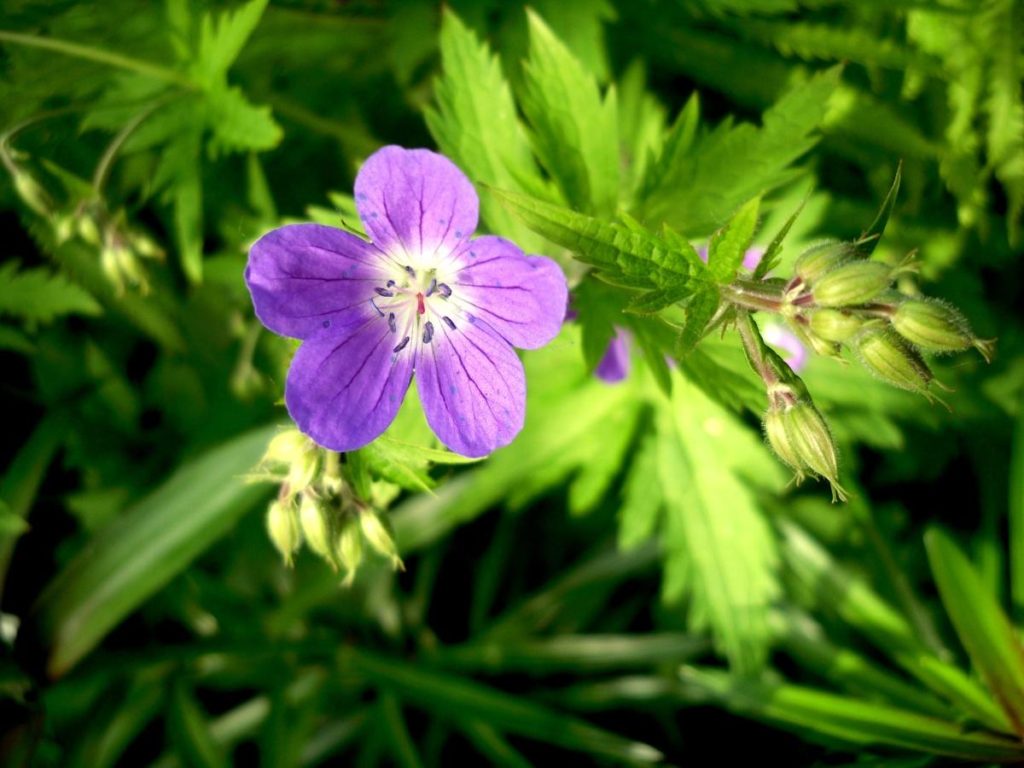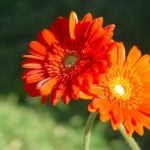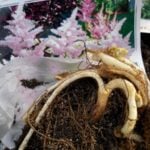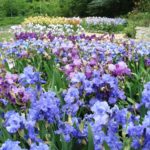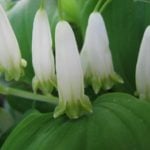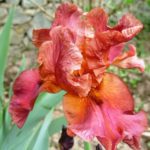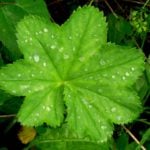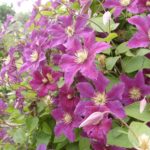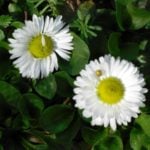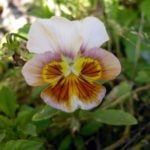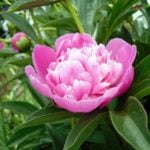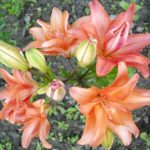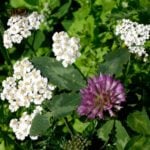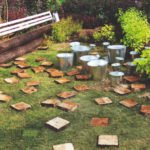This summer I had a curious discovery waiting for me. And this is due to the simple, familiar wild geranium, which probably everyone has met. I often admired its flowers, even grew this plant in the garden, but somehow I was not seriously interested: well, it grows by itself and let it grow…
As I was putting my new territory in order, I noticed a powerful, beautiful shrub with distinctive leaves. The plant looked familiar, but something was confusing. Over time, I realized that it was a Geranium, although in appearance it was different from the one I was used to seeing. The first bright blue flowers bloomed the other day!
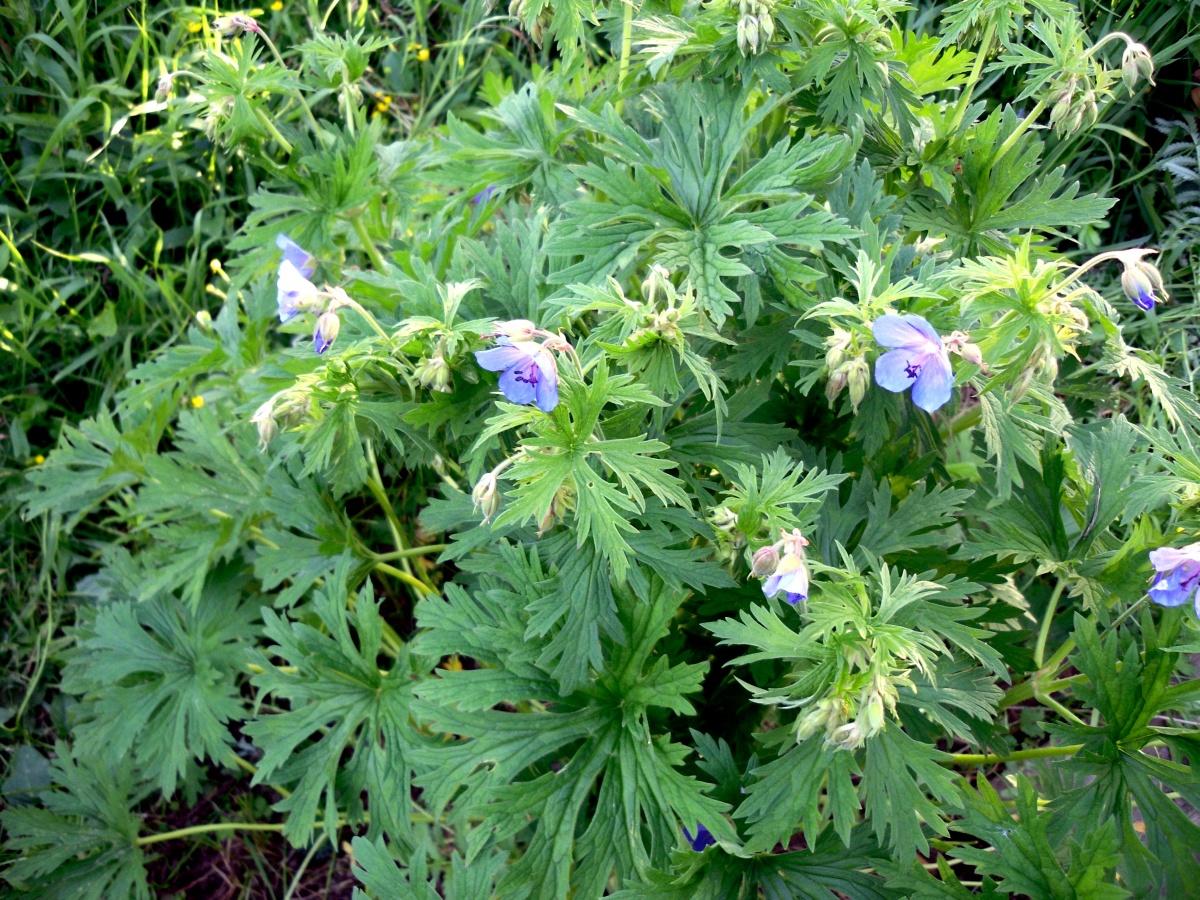
It was unexpected, and I, of course, began to understand, to understand what was happening. As the authorities suggest, I have met and grown the geranium sylvaticum. Its petals are pink and lilac, and it prefers to grow in partial shade under trees and shrubs. It is no accident that in my garden it feels great next to a Polypodiophyte.
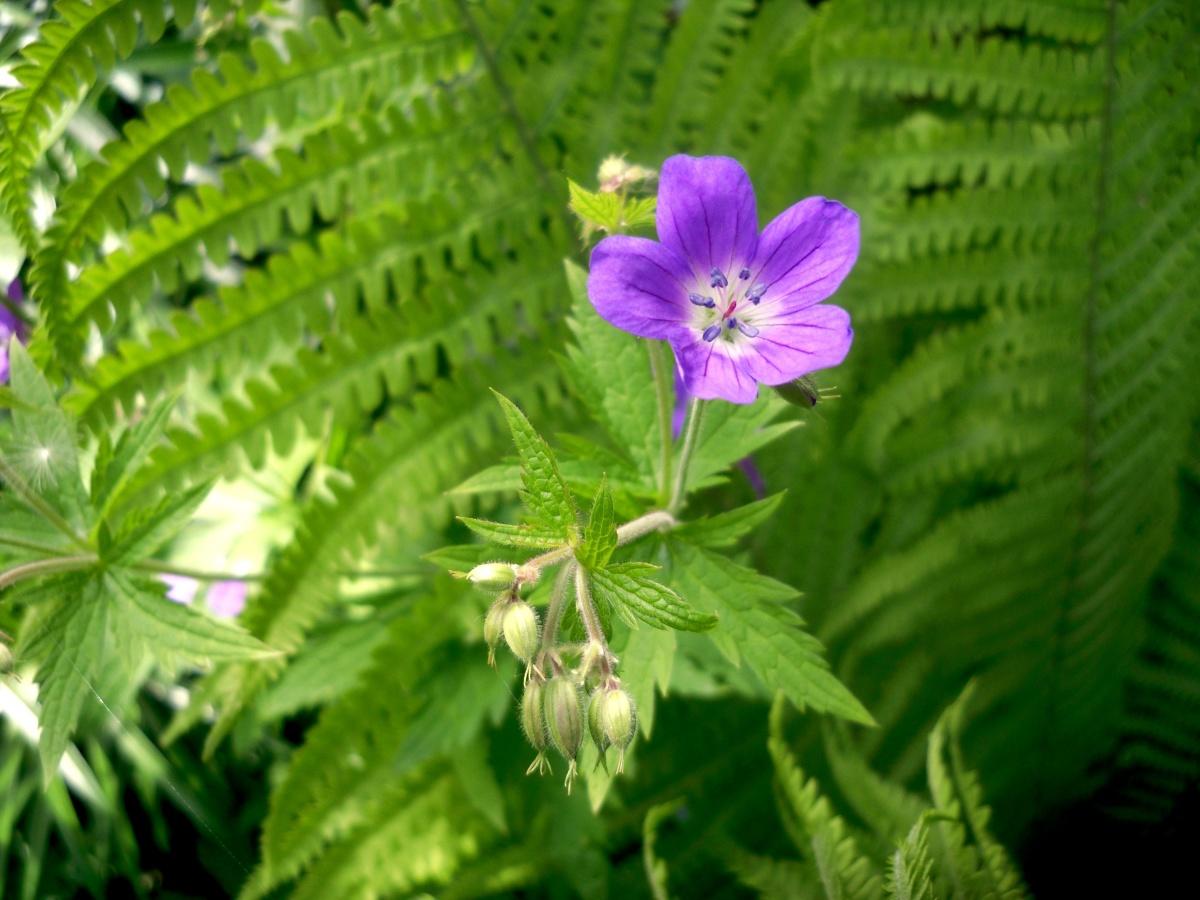
If you believe the same sources, then now I happened to meet her close relative-Geranium pratense. It is more demanding of light, but tolerates partial shade. Both plants prefer soils with good humidity, quite fertile.
Young plants here I meet everywhere: in the clearing in front of the house, along the road, in the meadows that begin just outside the village. They have beautiful dark green leaves.
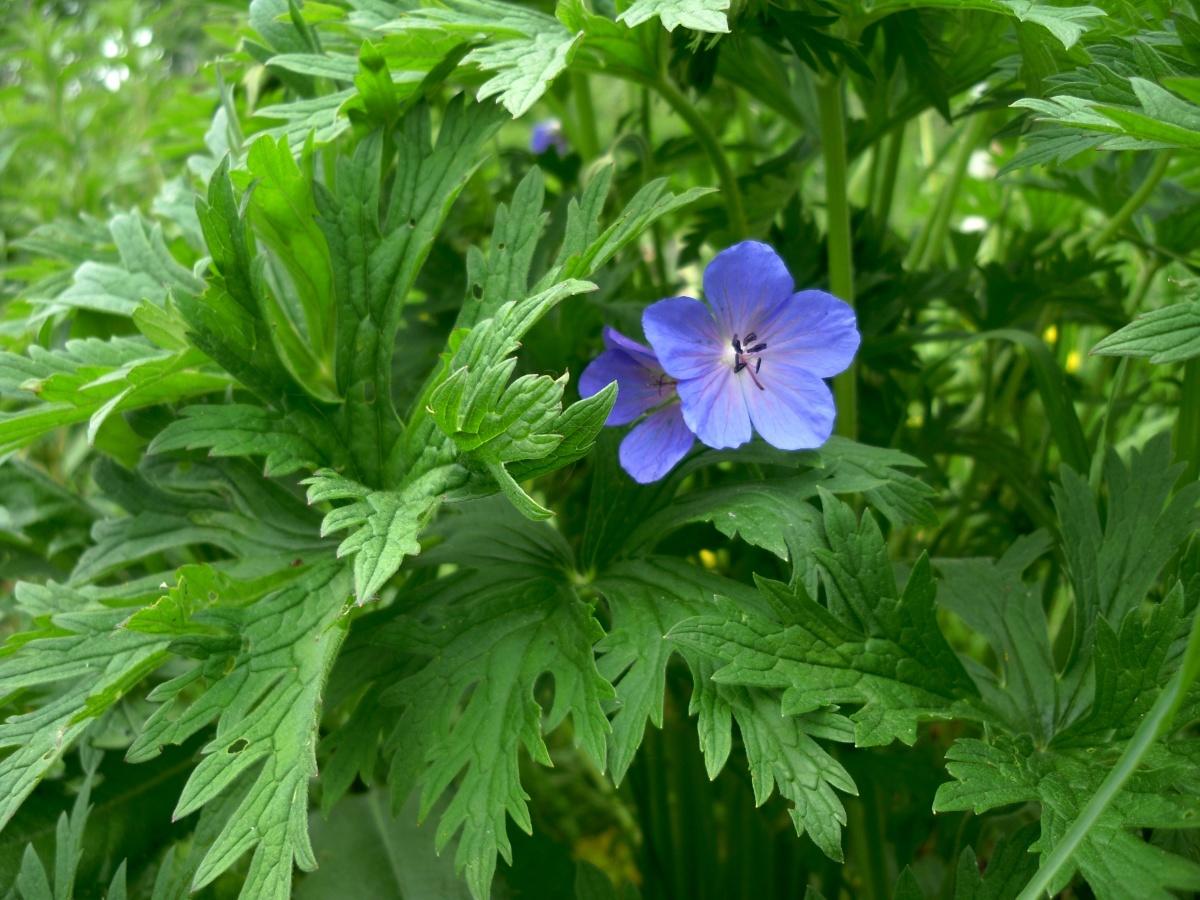
It was this rich color and firmness of the leaves that confused me at first — because those plants that I am used to seeing have softer, more delicate leaves, and a completely different shade of green.
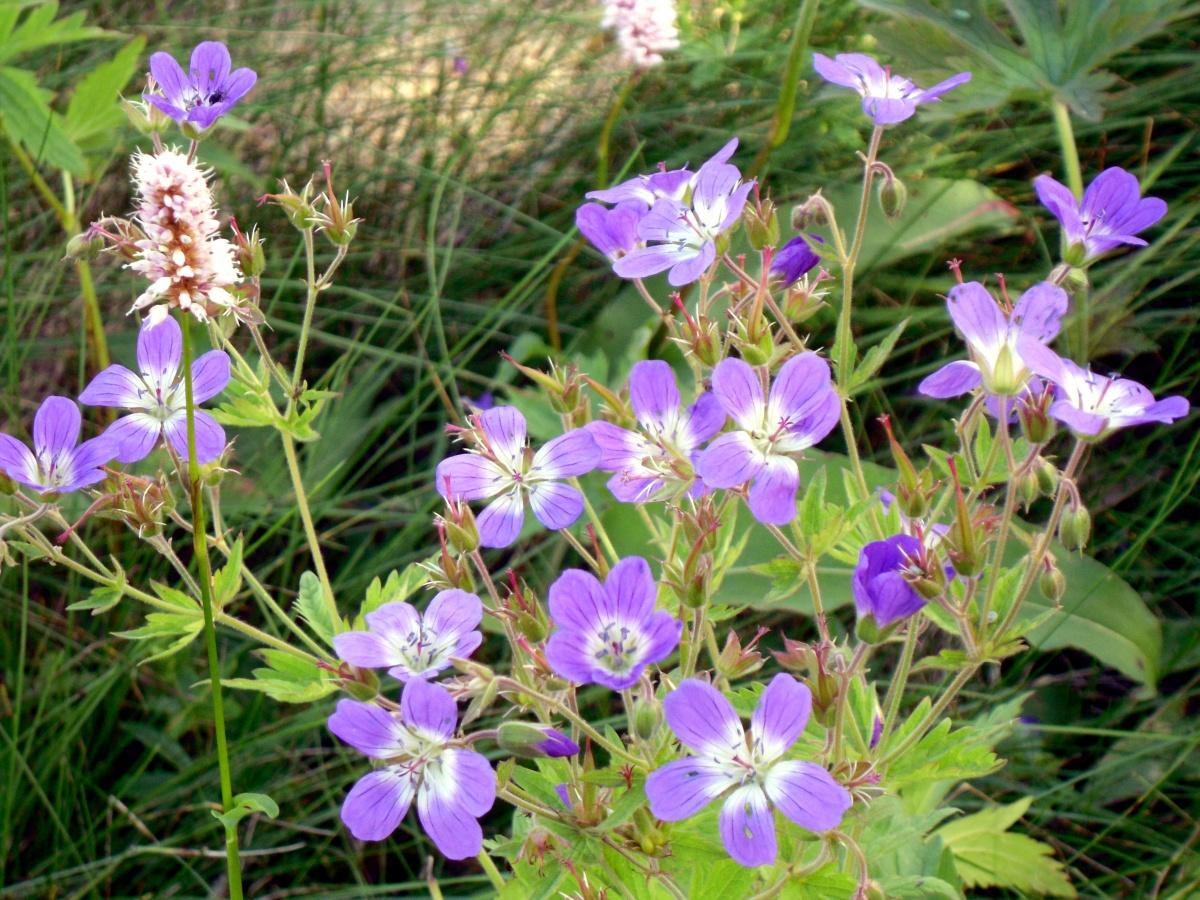
However, when determining the species of their geraniums, I am still not quite sure about the details, which are many in the literature and on the Internet, sometimes contradicting each other.
On the other hand, can such details prevent us from admiring a plant — whatever its name, whatever species it belongs to? But geraniums have long been firmly established in flower beds; gardeners love them for their elegance and long (in some species up to 1.5 months) flowering, for simplicity.
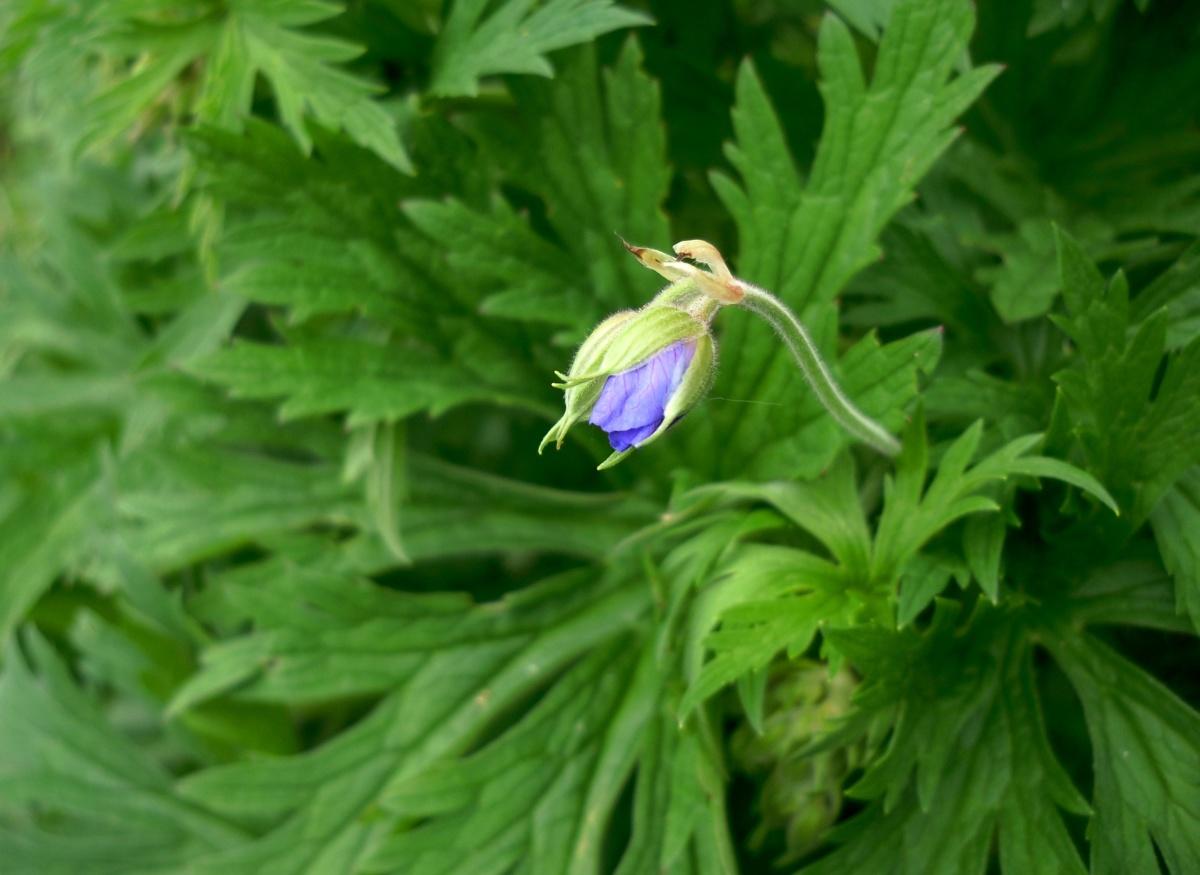
Wild geraniums are a good honey plant. And yet, like many herbs of forests and fields, they have healing properties that have long been used by folk healers. Preparations from different parts of the plant have a wide range of beneficial effects-from antibacterial and antiseptic to antitumor.
Geranium was also used as a natural dye: I learned that the herb geranium sylvaticum was made with blue paint, geranium pratene-green. Other types have similar properties.
It is not difficult to find this place in the geranium garden. Varietal plants are planted in rockeries and in rose gardens (geraniums are generally considered one of the classic partners for rose bushes); wild species willingly settle in a garden made in a natural style, and will feel great among fruit and ornamental trees and shrubs.
Since we are talking about wild plants in the garden, I note: the blue geranium flowers look amazing next to the bright yellow paw leaf, and the dark green foliage contrasts effectively with the silvery artemisia bushes.
If you have successfully found a place, then your plant does not need additional care, being content with what it receives from nature. In early spring or autumn, you can transplant geraniums and propagate them by dividing the bush-they take root well.
